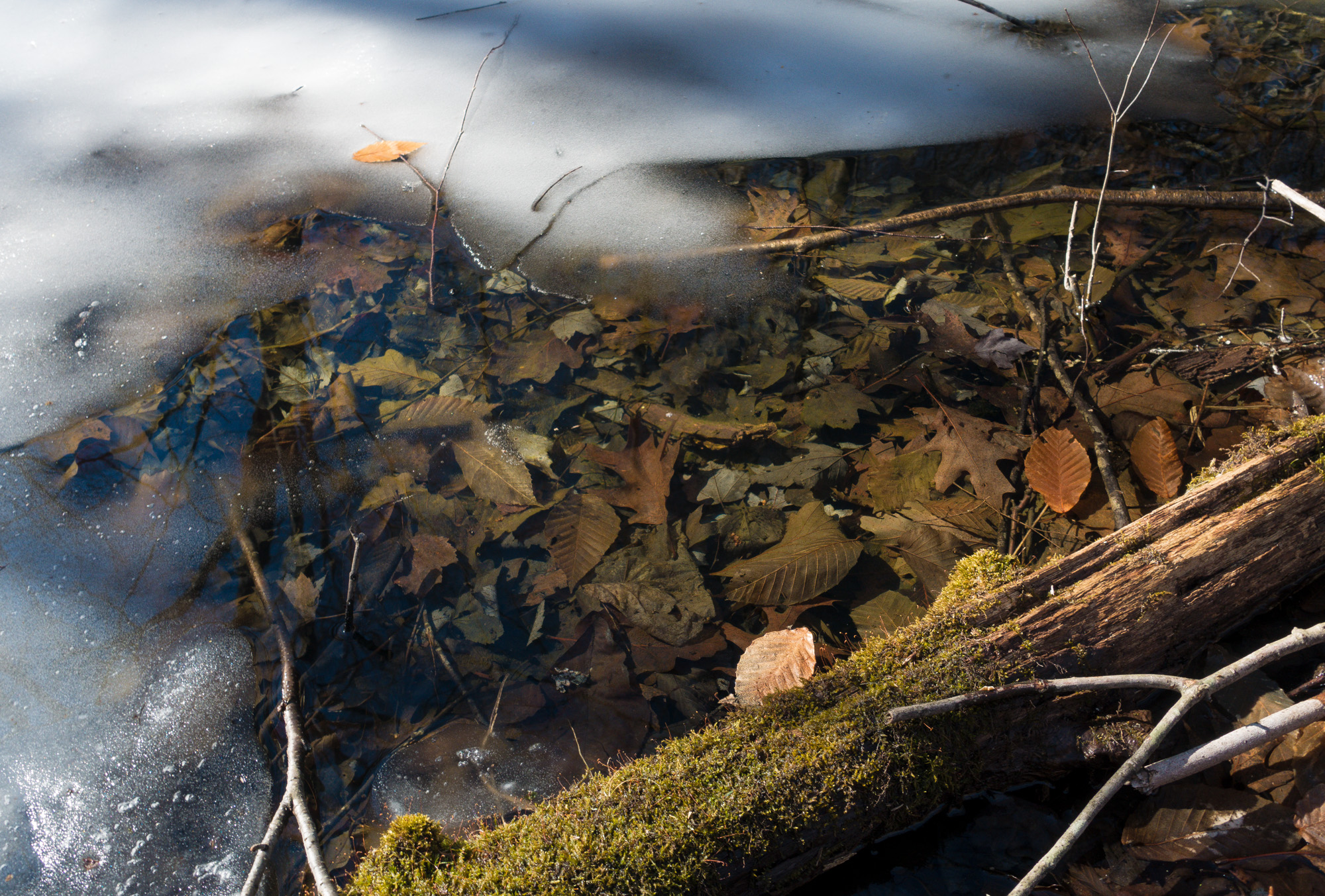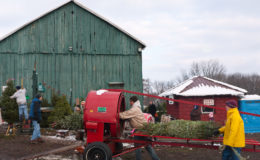
It is week 51 of the Wuhan-sourced scourge to society and commerce. Here in Pennsylvania, as in much of the country, it is still meteorological winter. Covid regulations have been essentially the same as last July. Nonetheless, once again there have been steep declines in new cases for no obvious reason. In our state, the number of cases, and the number of hospitalizations has plummeted since their peak and mid-December. Deaths are also falling in a slightly delayed fashion. PCR positivity is now 6.5% down from 15% earlier in the winter. Only 0.4% of emergency room visits are for Covid-like symptoms.
This is not only a pattern seen in Pennsylvania but throughout multiple states as well as most European countries.
There has been a scramble to explain the decline. Theories include the increasing number of vaccinations, the passing of the season, or the lack of availability of testing. Let me try to find an explanation.
Let’s talk about seasonality. Typical temperate winters put people in closer contact with each other as they tend to remain indoors. Vitamin D levels tend to go down which increases susceptibility. Finally. most lipid-encapsulated viruses tend to be more easily spread in cool, relatively dry conditions (and spread poorly when it is warm and humid). Problem is, that up to now this is been a fairly fierce winter, with little letup in cold temperatures as I write this. No, I don’t think the climate is the answer.
People like to tout the ongoing restrictions to life and liberty as a factor in the precipitate decline. This to me makes no sense. We have been under the same restrictions since last July, and if anything, people are weary of it all, and the adherence is starting to slip.
As to the availability of testing, I do not think that is a factor. One can be tested without a prescription, and there are many facxilities from which to choose. I have friends who have been tested 3 and 4 times because of travel, without any particular inconvenience. If testing is down, its because there is less demand.
I had high hopes to tout approaching “herd immunity” as a potential cause of improving conditions. To review: “herd”, or community immunity occurs when the percentage of the population with immunity to a particular disease, essentially blocks the spread and causes the disease to essentially “peter out”.
Let’s look at Pennsylvania. They’re roughly 12,400,000 people in the Commonwealth. There have been roughly 918,000 cases (mostly positive PCR tests) as I write this in late February. Remember, however, that the sensitivity of the PCR test causes large numbers of false positive cases. Thus, the number of actual infections leading to immunity is certainly less (probably considerably less). There have been roughly 917,000 patients who have received at least 1 dose of the vaccine, with roughly 500,000 “fully covered”.
So, let us add another number. A variety of groups have studied the presence of pre-existing T-cell immunity to COVID-19, often by assessing serum samples drawn prior to the pandemic. It’s been estimated that roughly 20-50% of people have some pre-existing immunity to this virus. Unfortunately, that number can’t be added to the vaccinated and infected people, as many of those people are probably represented among patients with either asymptomatic or minimally symptomatic infections, and some are already included in the numbers.
Another interesting statistic was a study from Sweden that looked at asymptomatic family members of known infections who were exposed but did not themselves gets sick. Though only 50% demonstrated antibodies to COVID-19, roughly 90% demonstrated the more prolonged T-cell immunity. My wife Cathy, for instance, may well fit in this category.
So, all this is complicated. Using the most optimistic estimate, let’s say there are roughly 1,800,000 2,000,000 people in Pennsylvania with full or partial immunity.
This would mean means that roughly 14.-16% of the population falls into this category. With the CDC currently estimating a herd immunity threshold for this Coronavirus at roughly 70%, it would appear that we are not nearly there yet.
However, there is some data that has flown under the radar. According to the CDC, back as far as February 2nd, roughly 78% of nursing facility residents (and 38% of the staff) have received at least 1 dose of a vaccine for Covid. As roughly 1/3 of total cases, and somewhere between 30 to 60% of fatalities, occurred among this vulnerable population, these numbers are significant. Soon the vast majority of the most susceptible should be relatively protected from this virus.
I was discussing the outbreak with a friend from Great Britain. He lives in London where since December 23, 2020, he is been under virtual house arrest. He is essentially trapped in his home. Venturing outside is legal only under very defined circumstances. Pubs and restaurants for him are a distant memory.
So how is this working? In Britain, after a summer lull, there were essentially two peaks in new cases, a smaller one occurring in early to mid-November, followed by a “saddle” and then a second higher and sharper peak in mid-January. There was a slight dip in the days after the lockdown began, but this also occurs over the Christmas holiday, an effect we also saw here in the states. Daily numbers of cases climbed even more steeply for roughly 3 weeks prior to peaking in mid-January. Given the incubation period of the coronavirus, if lockdowns are useful, numbers should fall in 5 to 10 days, not the three-plus weeks seen in Britain. Climate is also not an issue as the temperatures in Britain has been fairly flat from December through the end of February.
I guess my point here is that these outbreaks are on their own schedule and rhythm. Likely they are influenced in part by climate but even without a change in season, they seem to have a life cycle of their own. When you compare the timing of the Covid restrictions with the pattern of the outbreak, there is no pattern of response. In fact, the number of cases tends to accelerate afterward, before peaking and falling in a globally similar pattern.
We are now approaching a year of experience with this pathogen. In March of last year, SarsCoV-2 was a novel infection where it was assumed there was no inborn immunity. There were no known treatments and we had a poor understanding of how to manage those who became critically ill.
A year later we know far more about the disease. We know that the vast majority of patients exposed to the virus either remain asymptomatic or suffer a mild self-limited illness. There is evidence that many people in the population have some degree of pre-existing immunity. It appears that vitamin D and zinc supplementation are helpful as preventative measures. There are several antibody cocktails along with hydroxychloroquine/azithromycin, that are effective for early treatment. We have remdesivir and dexamethasone that are helpful for the critically ill.
Finally, the elderly and particularly nursing home residents, the population we are all trying to protect, are currently isolated and rapidly being immunized.
We are in a completely different situation than we were last March
If someone is sick, they need to quarantine. For the rest of us, it’s time to move towards a more normal life. I understand that some people are more nervous about the virus than others. Do what for you, feels comfortable.
Offer to greet your friends with a handshake, Offer your loved ones a hug. Gather together for celebrations.
Don’t let zealots divide us. Wear your mask where required, but do not obsess, as the rules are illogical and thus the benefit is dubious.
Don’t let fear steal away our culture, and our lives.
Shortly after writing this, Texas and Mississippi essentially ended their Covid restrictions but emphasized “personal responsibility”. Sounds about right.
As always, I would be honored if you share this with your friends.
Header Image : Melt (Sony RX 100 Mark III)







